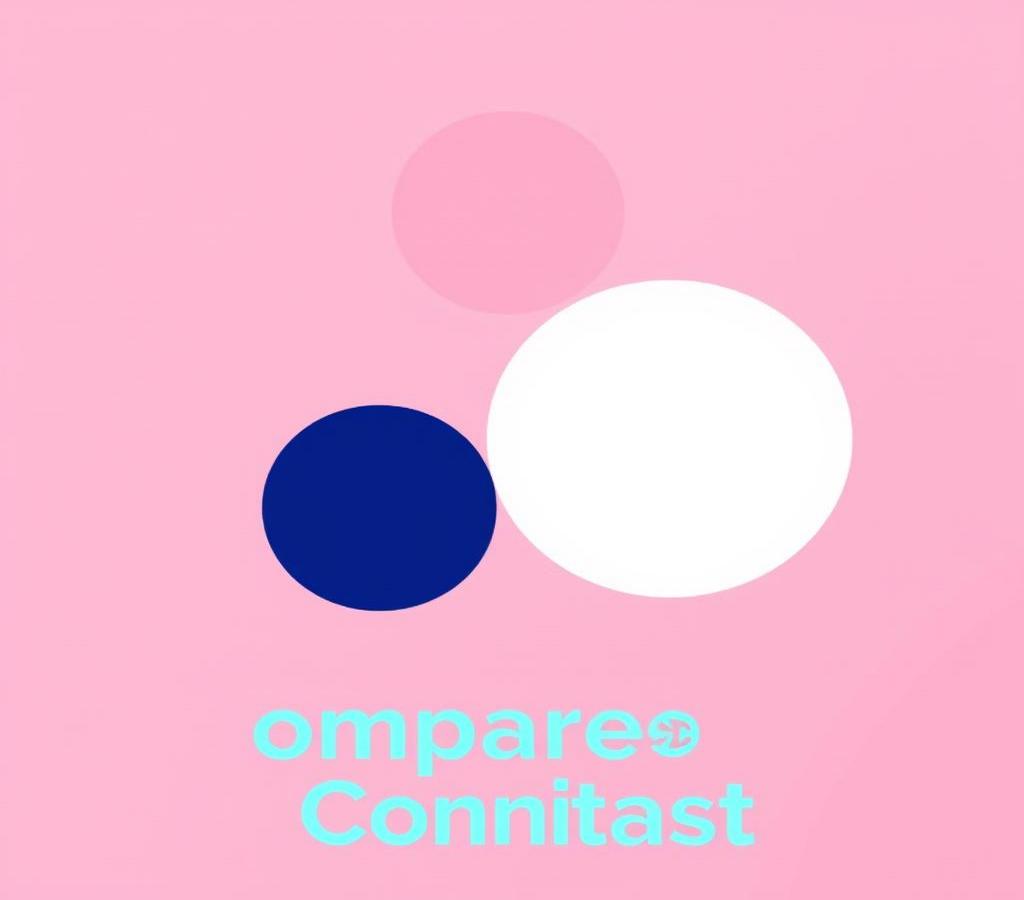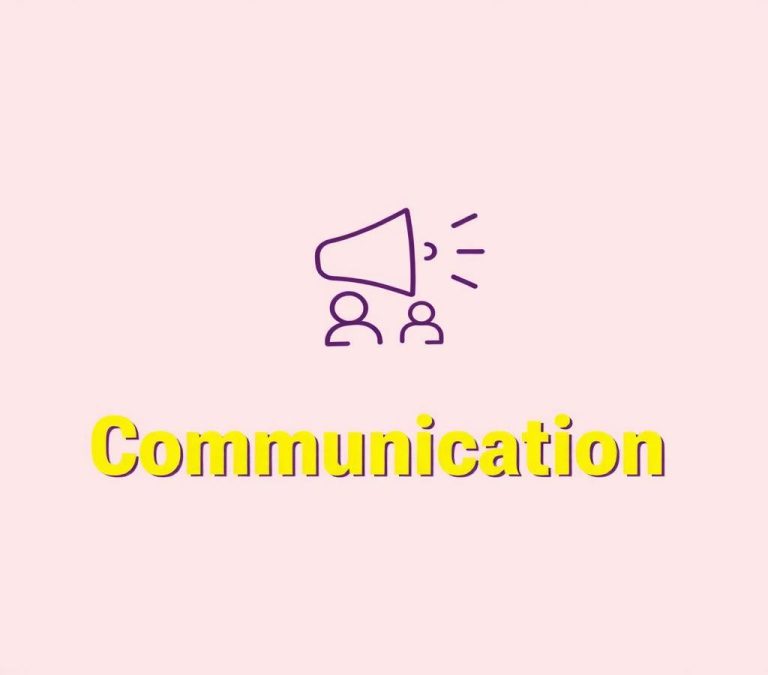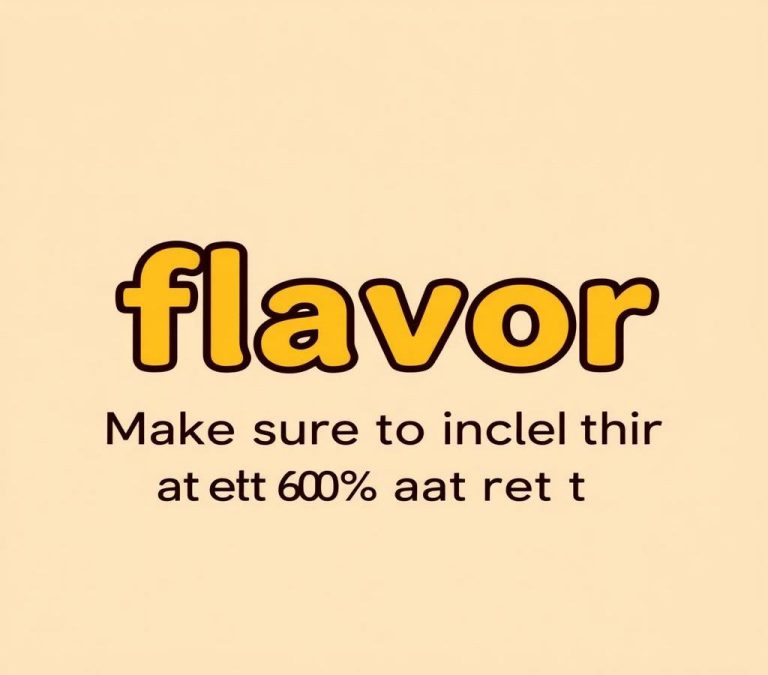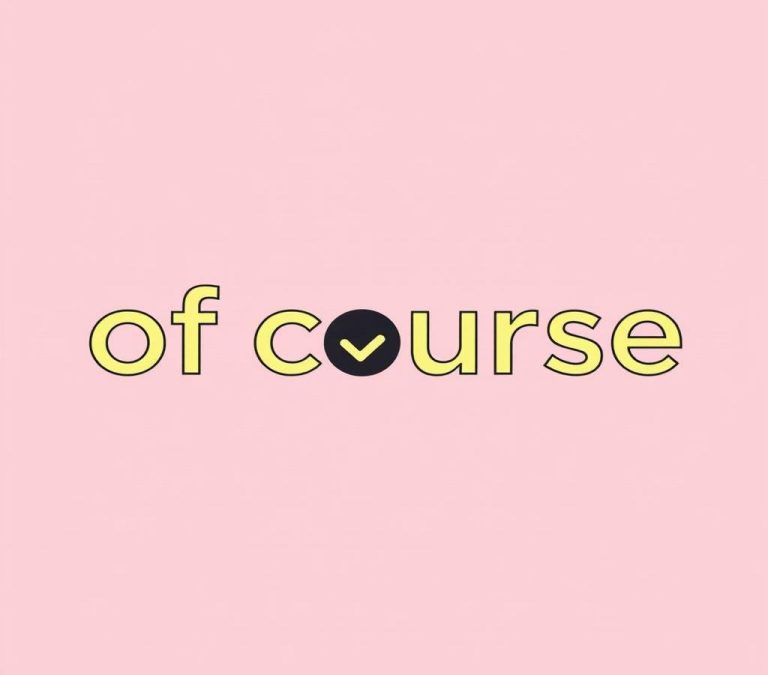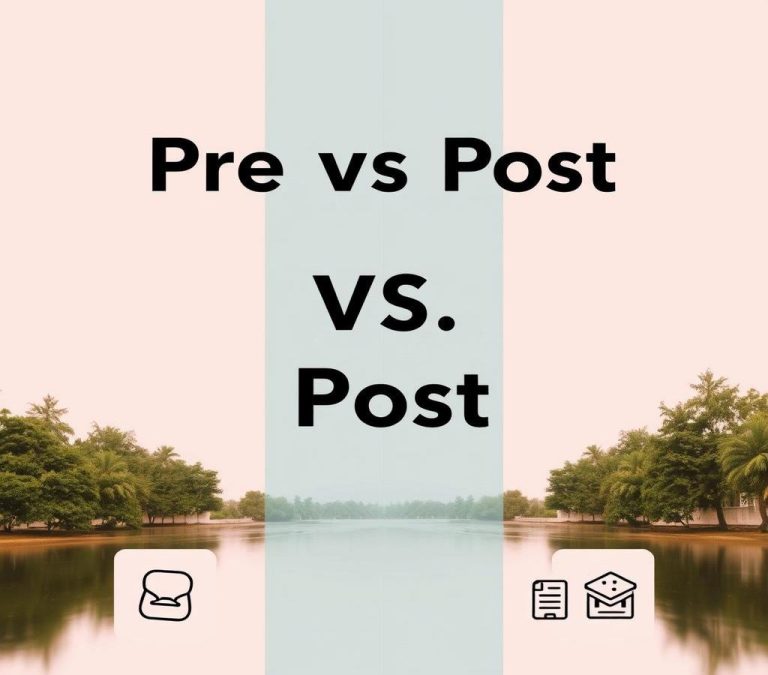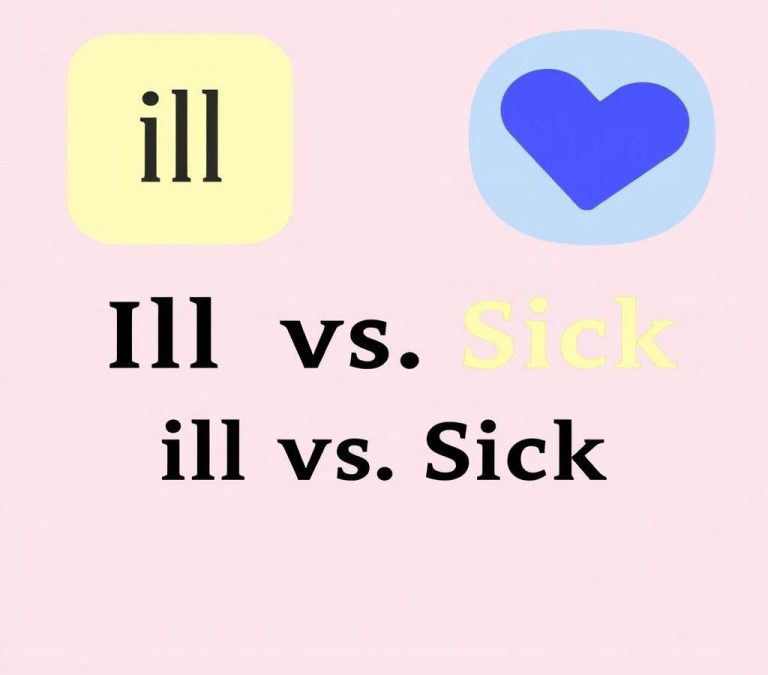Compare vs Contrast: Grammar & Usage Differences Explained
When discussing ideas or objects, we often use the words “compare” and “contrast.” Although they are related, they have different meanings. “Compare” means looking for similarities between things, while “contrast” is about identifying the differences. Understanding these definitions helps us better analyze and discuss the subjects at hand. In this article, we’ll explore the key differences between comparing and contrasting and how to use them effectively.
Quick Answer
Compare and contrast are two common literary devices used to analyze and understand different concepts, ideas, or objects. The key difference lies in their purpose: Compare focuses on highlighting the similarities between two or more entities, while Contrast emphasizes their differences. In simple terms, comparing shows how things are alike, whereas contrasting shows how they are unlike.
Why There is Confusion
Understanding the nuances between “compare” and “contrast” can be perplexing for many people. Both words are often used together, adding to the confusion. This article seeks to eliminate that confusion by defining each term clearly and explaining their differences. Though “compare” and “contrast” are often mentioned in the same breath, they serve distinct linguistic functions and purposes. Recognizing these differences is vital for conveying your thoughts accurately.
What Does “Compare” Mean?
The word “compare” means to note the similarities and differences between two or more items. The primary function of comparing is to highlight commonalities, though differences are also noted. When you compare two things, you’re essentially looking at how they are alike and how they differ.
For instance, when comparing two cars, you might look at aspects like fuel efficiency, price, design, and features. By doing this, you get a fuller picture of each car’s attributes, making it easier to make an informed choice.
What Does “Contrast” Mean?
On the other hand, “contrast” primarily focuses on highlighting the differences between two or more items. When you contrast two things, you’re more interested in showing what sets them apart rather than what brings them together.
For example, contrasting a modern electric car with an old gasoline car, you would focus on how electric cars are environment-friendly, quieter, and have different fueling needs compared to gasoline cars.
Differences Between “Compare” and “Contrast” Definitions
Difference in Parts of Speech
Although “compare” and “contrast” are both verbs, their usage in sentences and the grammatical forms they take can differ.
- Compare: “Compare” can also be used as a noun in some contexts, but primarily it functions as a verb. For example, “When you compare the two houses, you notice significant price differences.”
- Contrast: “Contrast” can also be a noun, e.g., “The contrast between the two paintings is striking.” But as a verb, it functions to show differences, e.g., “She contrasted the two regimes in her essay.”
Difference in Sentence Structure
The structural makeup of sentences involving either word can vary significantly.
- Compare: When you use “compare,” you generally follow it with “to” or “with.” For example:
- “She compared the new software to the old one.”
- “The teacher asked the students to compare the poems.”
- Contrast: When “contrast” is used, it’s generally followed by “with” or “to.” Examples include:
- “The study contrasted urban and rural lifestyles.”
- “He contrasted his current job with his last one.”
Difference in Purpose
While both terms involve examining two or more items, their end goals differ.
- Compare: The aim is to highlight both similarities and differences, giving a balanced view. This is useful when you want to understand two items comprehensively.
- Purpose: To identify both similarities and differences.
- Example: Comparing the features of two smartphones to decide which one to buy.
- Contrast: This term is more about emphasizing the differences. It’s handy when you want to clearly show how two items are distinct from each other.
- Purpose: To identify differences exclusively.
- Example: Contrasting a rainy day with a sunny day to highlight weather changes.
Synonyms for “Compare” and “Contrast”
Using synonyms can help make your writing more dynamic and nuanced.
- Compare:
- Assess
- Evaluate
- Analyze
- Examine
- Juxtapose
- Contrast:
- Differentiate
- Distinguish
- Diverge
- Set apart
- Delineate
Synonyms for Each
To reiterate and provide additional options, let’s list out more synonyms specifically for “compare” and “contrast.”
- For “Compare”:
- Measure
- Contrast (ironically, only in the sense of examining both similarities and differences)
- Liken
- Weigh
- Relate
- For “Contrast”:
- Oppose
- Counterpoint
- Antithesize
- Set off
- Counterpoise
Examples of Using “Compare” and “Contrast” Correctly
To cement your understanding, here are some practical examples demonstrating the correct usage of both terms.
- Compare:
- “Students were asked to compare the writing styles of Hemingway and Fitzgerald.”
- “We need to compare the job offers before making a decision.”
- “The report compares the economic growth of different countries over the last decade.”
- Contrast:
- “In her essay, she contrasted the lifestyles of the rich and the poor.”
- “The movie contrasts the protagonist’s dreams with reality, highlighting the challenges he faces.”
- “The artist used bright colors to contrast the dark background.”
Conclusion: Mastering the Nuances of “Compare” and “Contrast”
Understanding the differences and similarities between “compare” and “contrast” can greatly improve your communication skills. While they often appear together, each word has its unique role and purpose. “Compare” involves looking at both similarities and differences, whereas “contrast” focuses solely on identifying differences. By mastering these nuances, you can express your thoughts more clearly and effectively. Whether you’re writing an essay, having a discussion, or making a decision, knowing when and how to use these terms can make a significant difference.

